Quick Bits: Manizales stands high in the Colombian Andes. It belongs to the famous Coffee Axis region, or “Eje Cafetero.” This small city is known for its relaxed pace and...
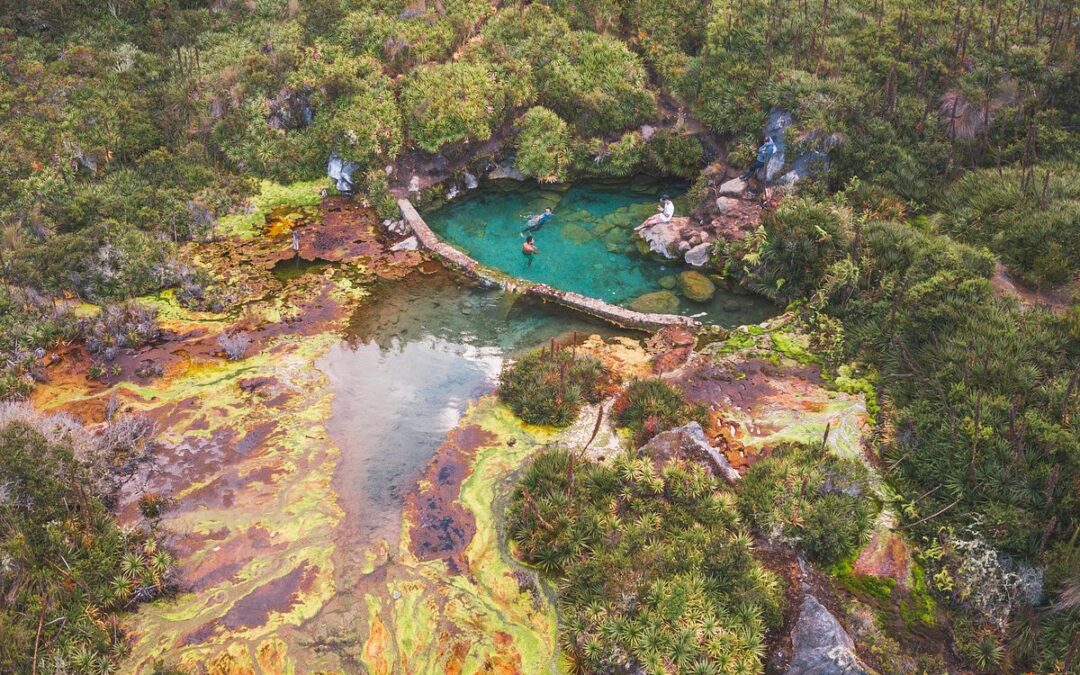

Quick Bits: Manizales stands high in the Colombian Andes. It belongs to the famous Coffee Axis region, or “Eje Cafetero.” This small city is known for its relaxed pace and...
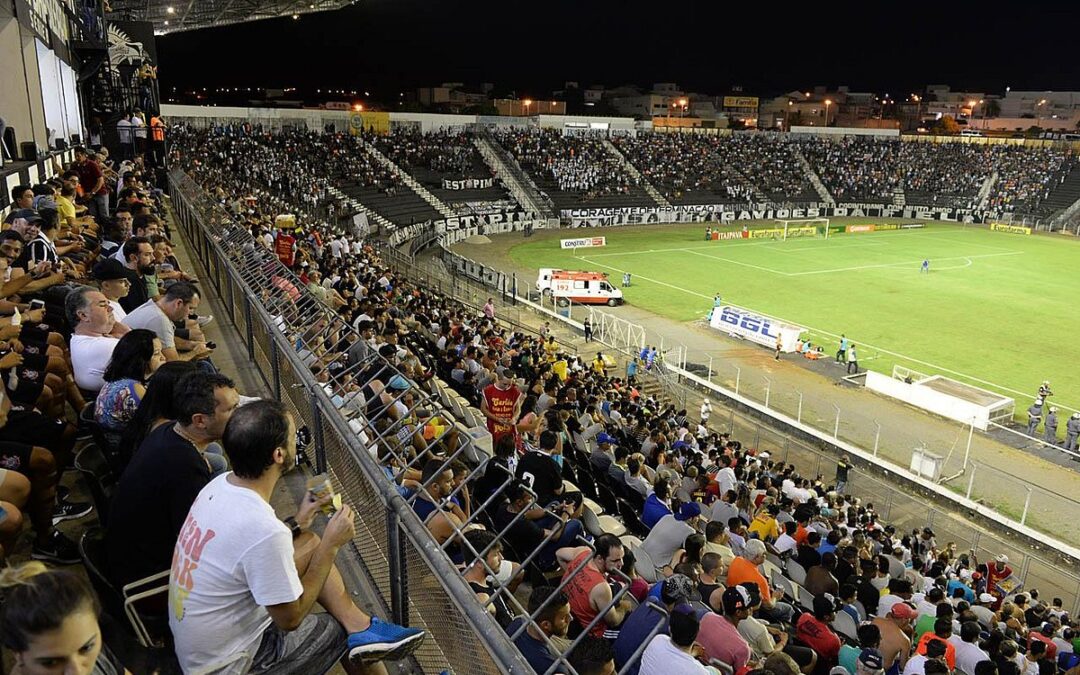
Quick Bits: Lorem ipsum odor amet, consectetuer adipiscing elit. Pretium purus metus turpis litora curabitur mus. Magnis netus pharetra etiam suspendisse diam habitant tempor....
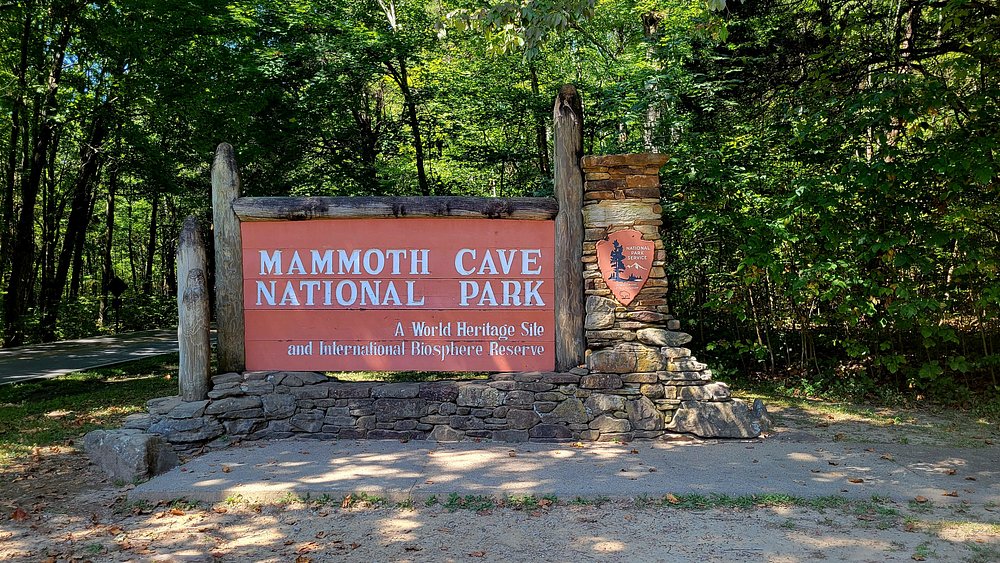
Quick Bits: Mammoth Cave National Park stands as a rare marvel carved by time. Nestled in south-central Kentucky, this park shelters the world’s longest known cave system. Its...
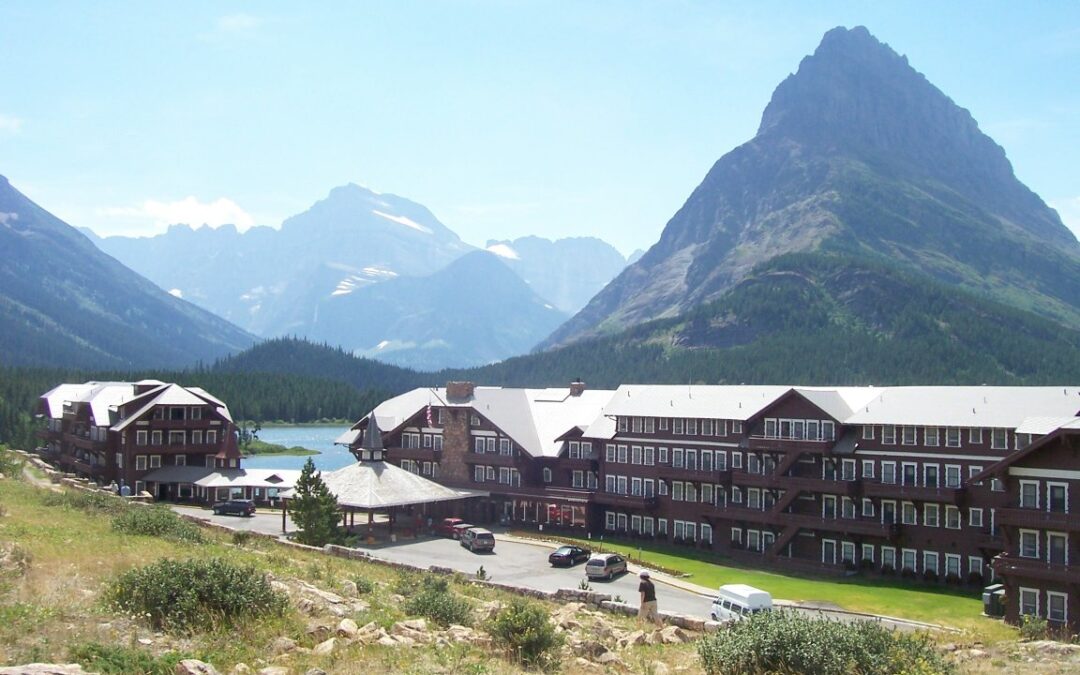
Quick Bits: Glacier National Park sits in the Rocky Mountains of Montana, touching the Canadian border. It spans over a million acres, filled with forests, alpine meadows, lakes,...
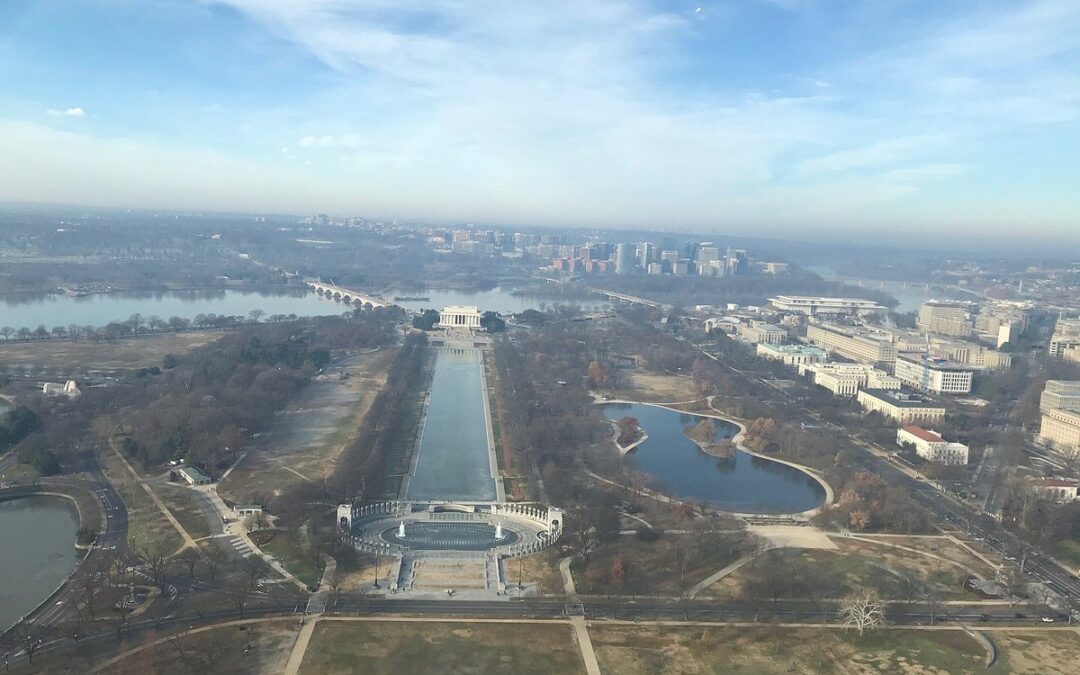
Quick Bits: Augusta, a gem in eastern Georgia, blends Southern elegance with a calm riverfront life. Known across the world for the prestigious Masters Golf Tournament, this city...
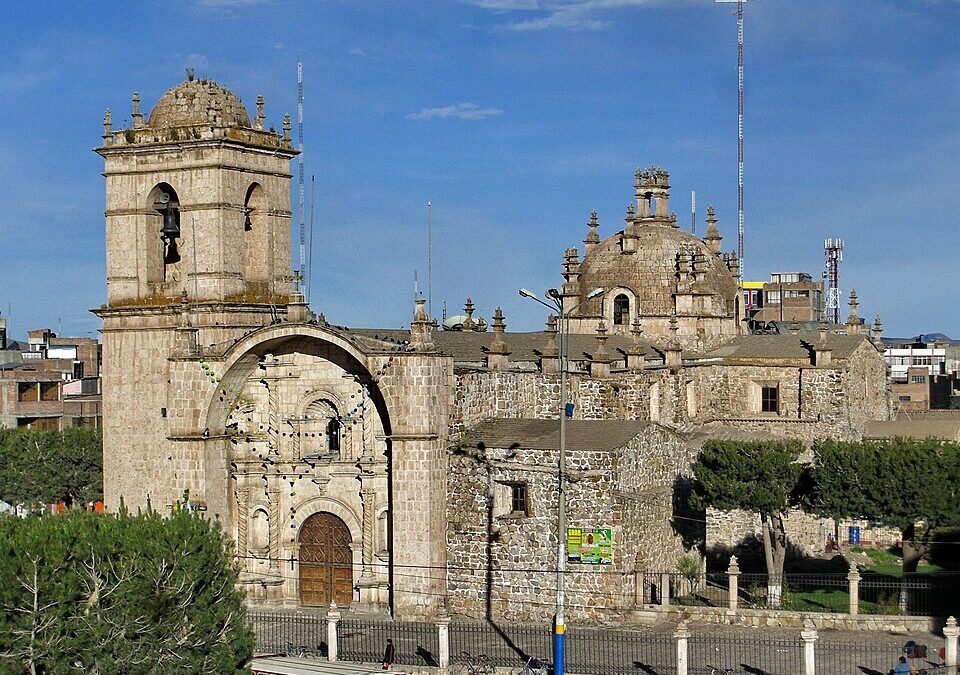
Quick Bits: Juliaca lies in the heart of the Peruvian Altiplano. This highland city pulses with trade, noise, and resilience. Streets buzz with mototaxis and vendors selling...
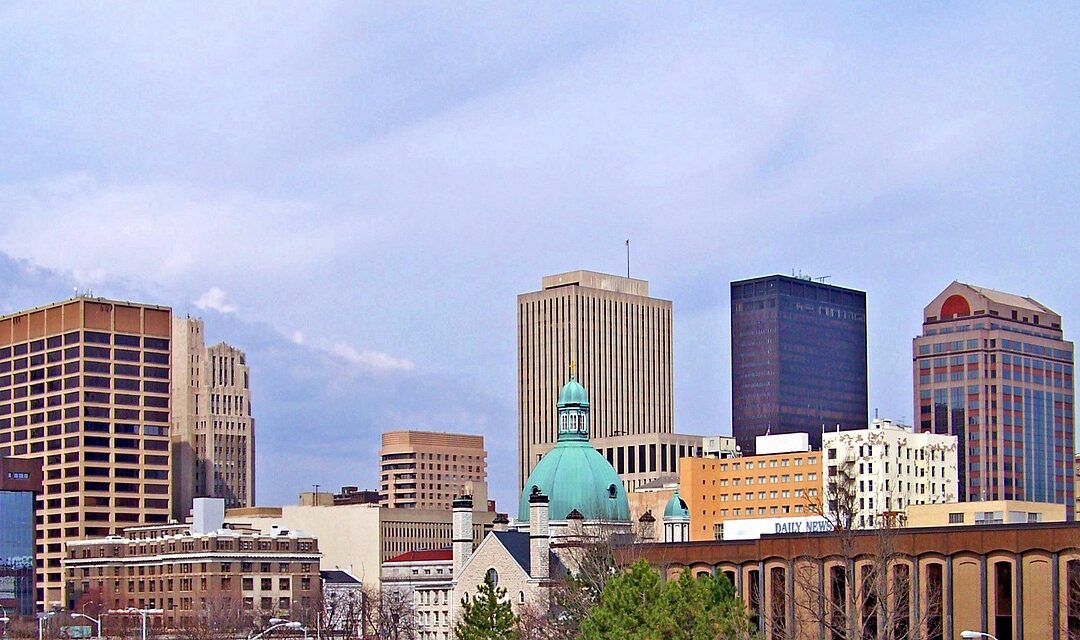
Quick Bits: Dayton lies in the heart of Ohio. Known as the birthplace of aviation, it has long embraced innovation, creativity, and progress. From the Wright brothers' legacy to...
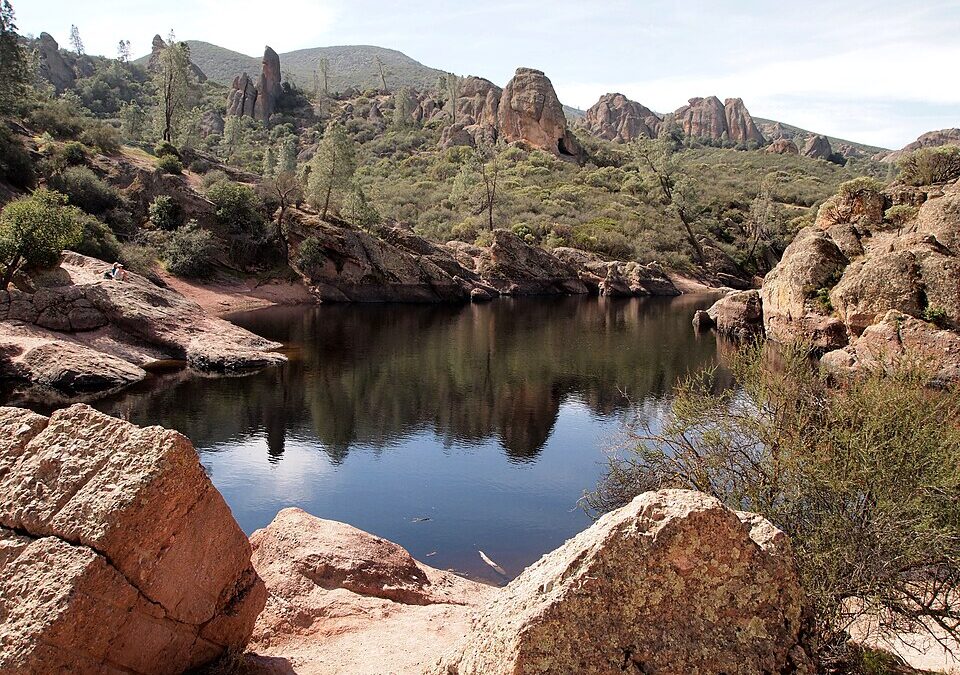
Quick Bits: Pinnacles National Park rests in central California. It's carved from fire and time. This park is small, but its presence is mighty. Its landscape speaks in stone....
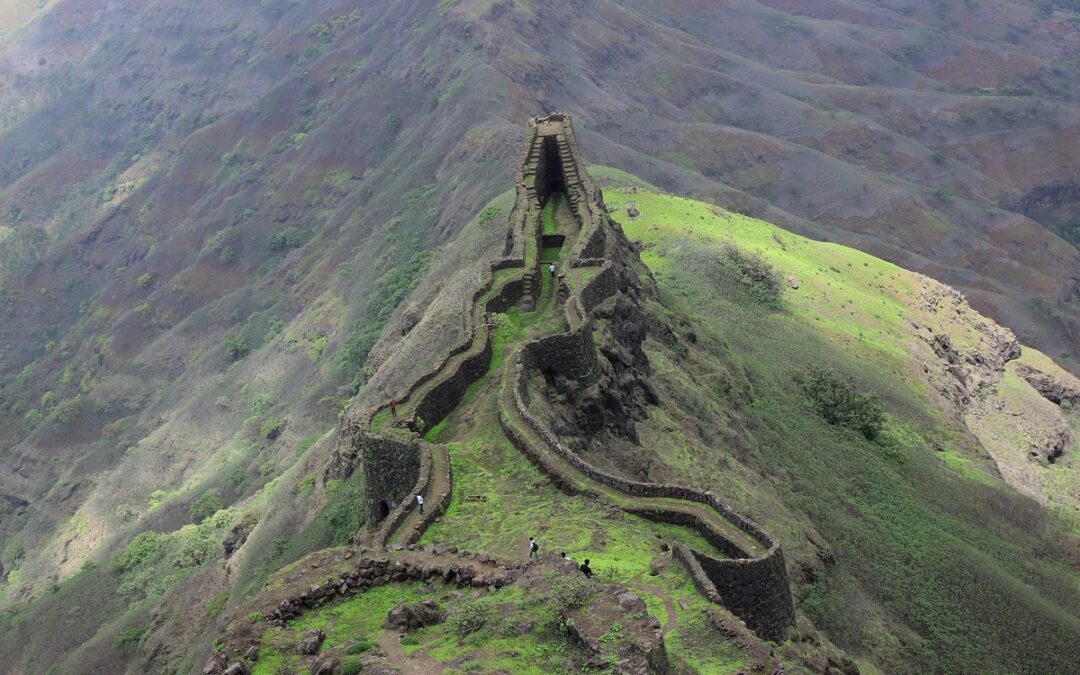
Quick Bits: Pune is a thriving city nestled in the western part of India. It is a cultural powerhouse, known for its vibrant history, educational institutions, IT industry, and...
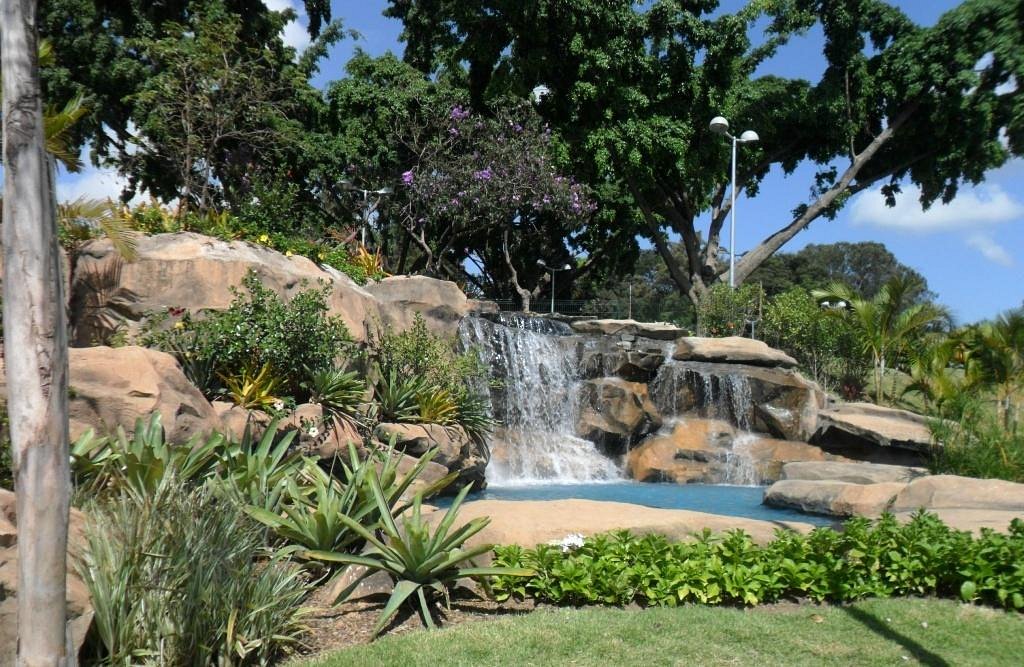
Quick Bits: Contagem is a dynamic city nestled within the state of Minas Gerais. It operates as a major part of the Belo Horizonte metropolitan region. It flourishes with local...
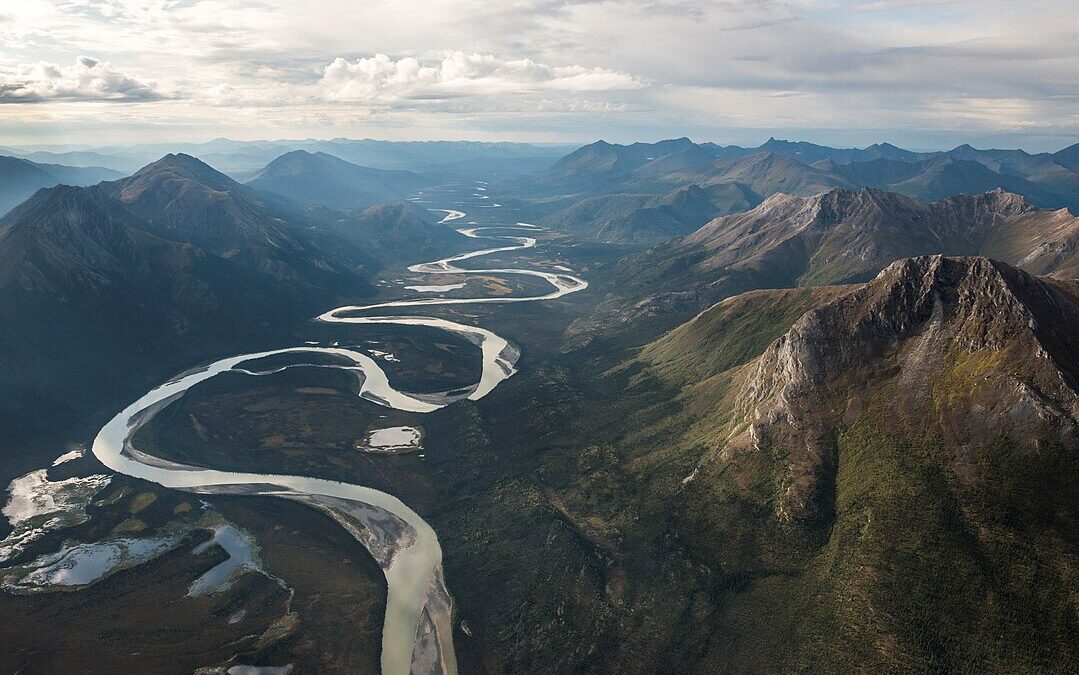
Quick Bits: Gates of the Arctic National Park is one of the most rugged, raw, and remote national parks in the United States. Located entirely north of the Arctic Circle in...
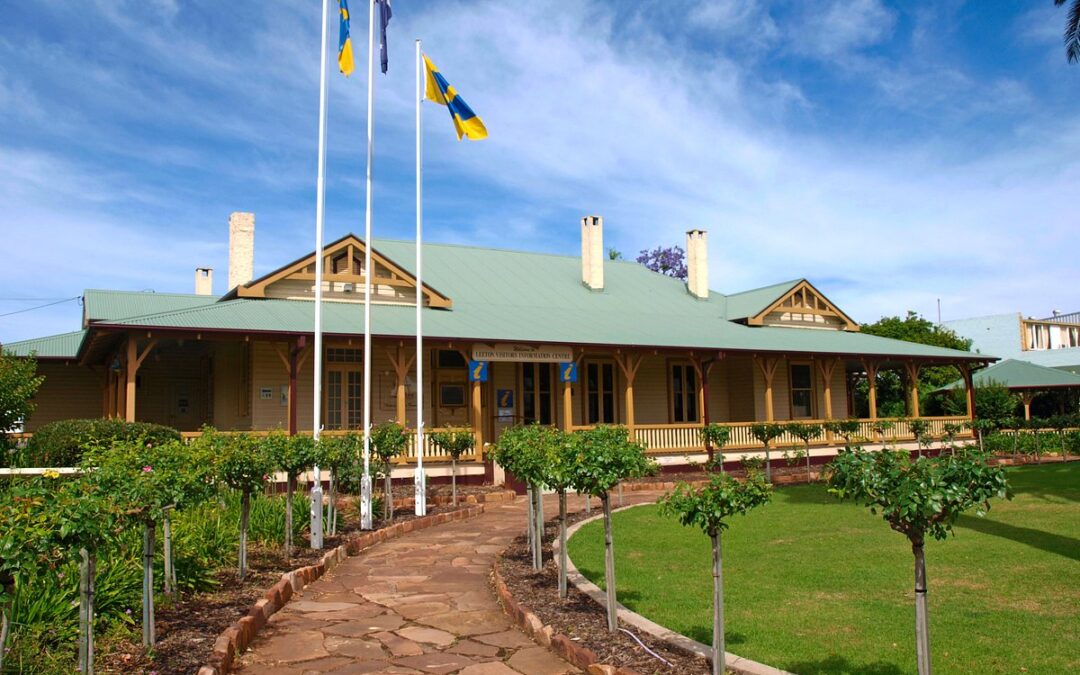
Quick Bits: Leeton lies in the heart of the Murrumbidgee Irrigation Area. This inland town thrives on fertile plains and forward-thinking community spirit. Its foundation was...

Quick Bits: Bradford, nestled in West Yorkshire, England, thrives as a cultural mosaic layered with industrial grit and natural grace. With roots in textile dominance and a...
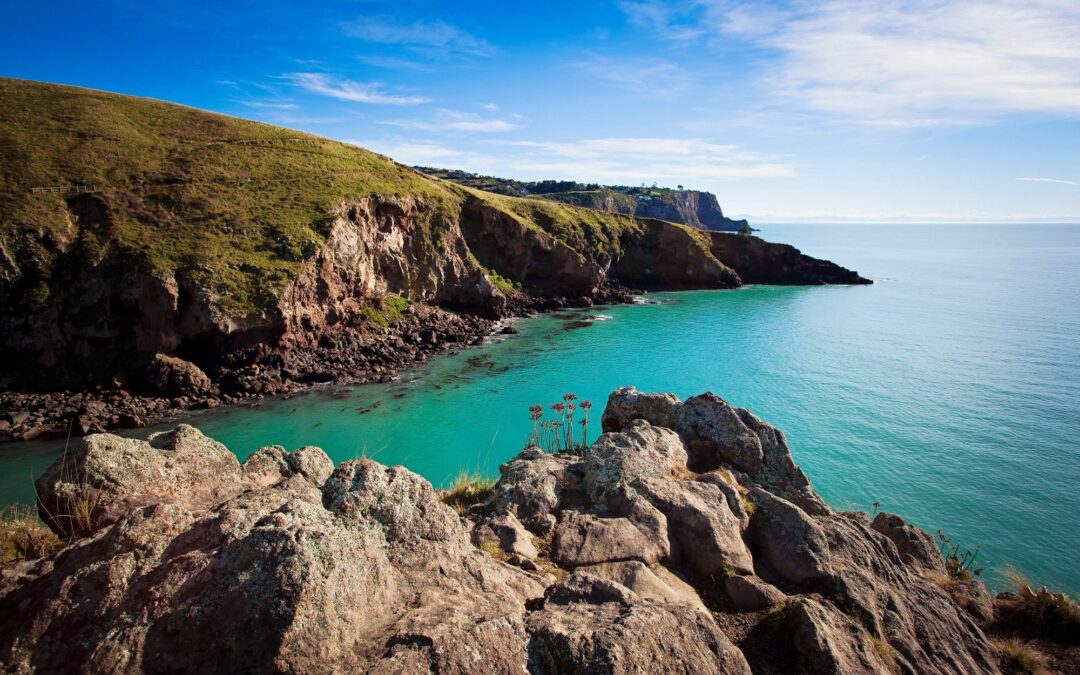
Quick Bits: Christchurch stands proud as the largest city on New Zealand's South Island. Known as the Garden City, it balances old-world charm with modern rebirth. The Avon River...
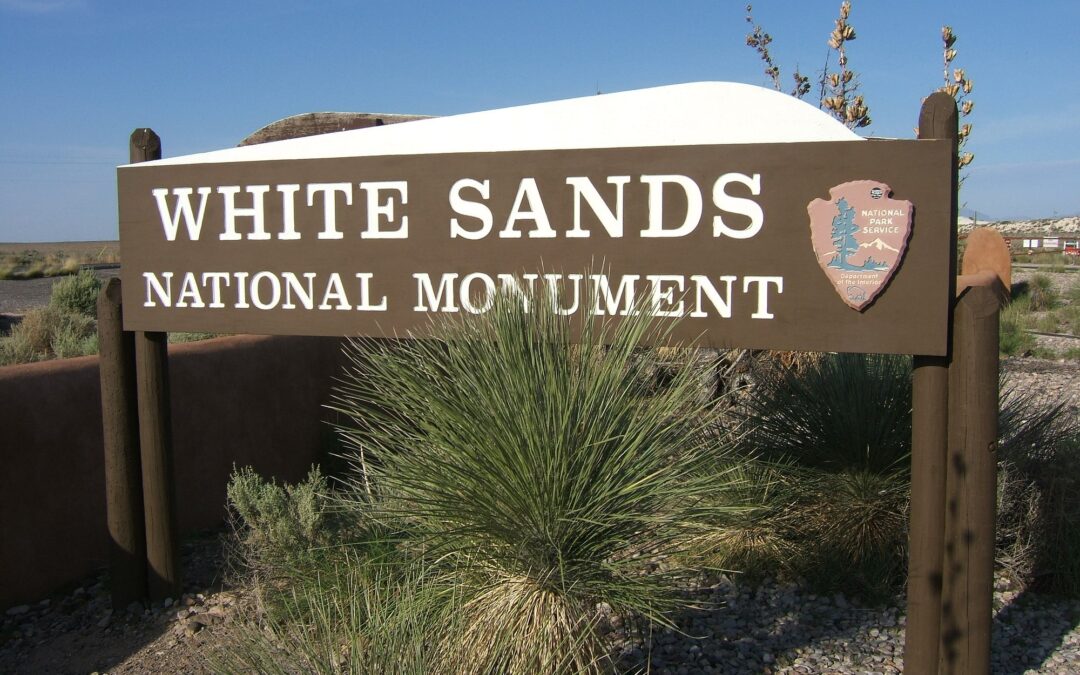
Quick Bits: White Sands National Park holds a world unlike any other. It is home to the largest gypsum dune field on Earth. These white dunes roll endlessly under a sky that...
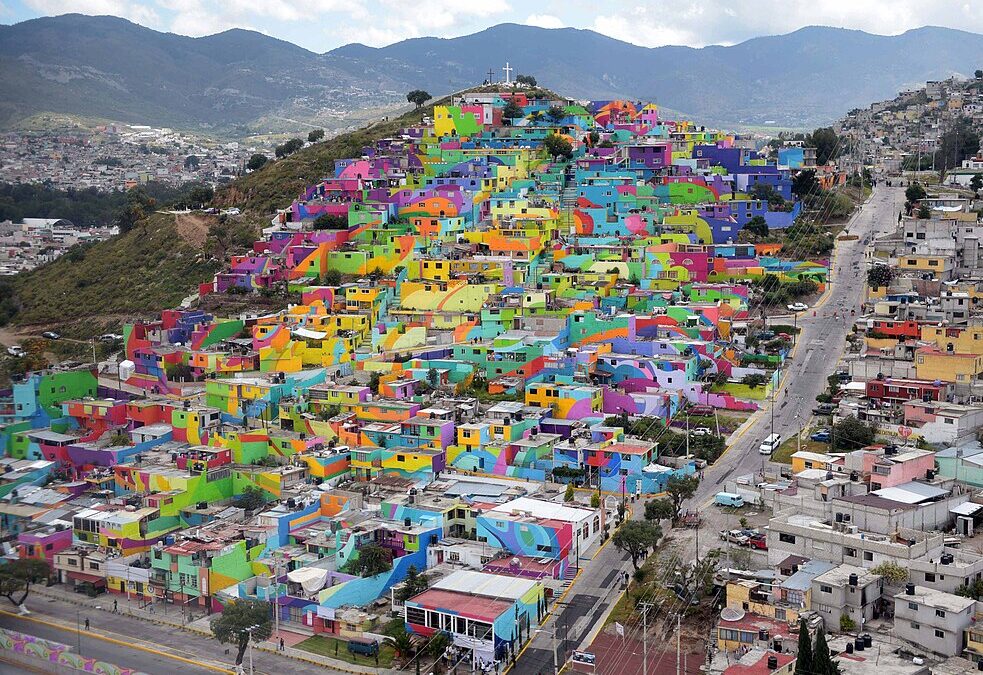
Quick Bits: Pachuca, known as "La Bella Airosa" (The Windy Beauty), sits in a narrow valley surrounded by the Sierra de Pachuca. With roots tracing back to the Toltecs, this city...
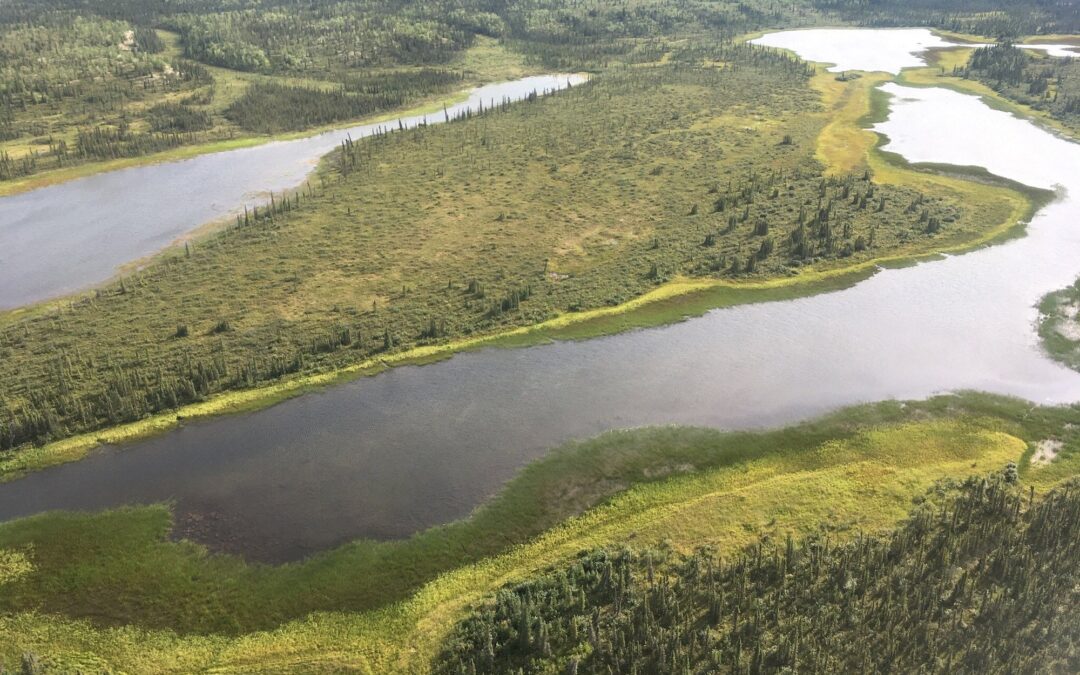
Quick Bits: Kobuk Valley National Park sits far above the Arctic Circle in Alaska. It protects over 1.7 million acres of wilderness. This remote land holds secrets of ancient...
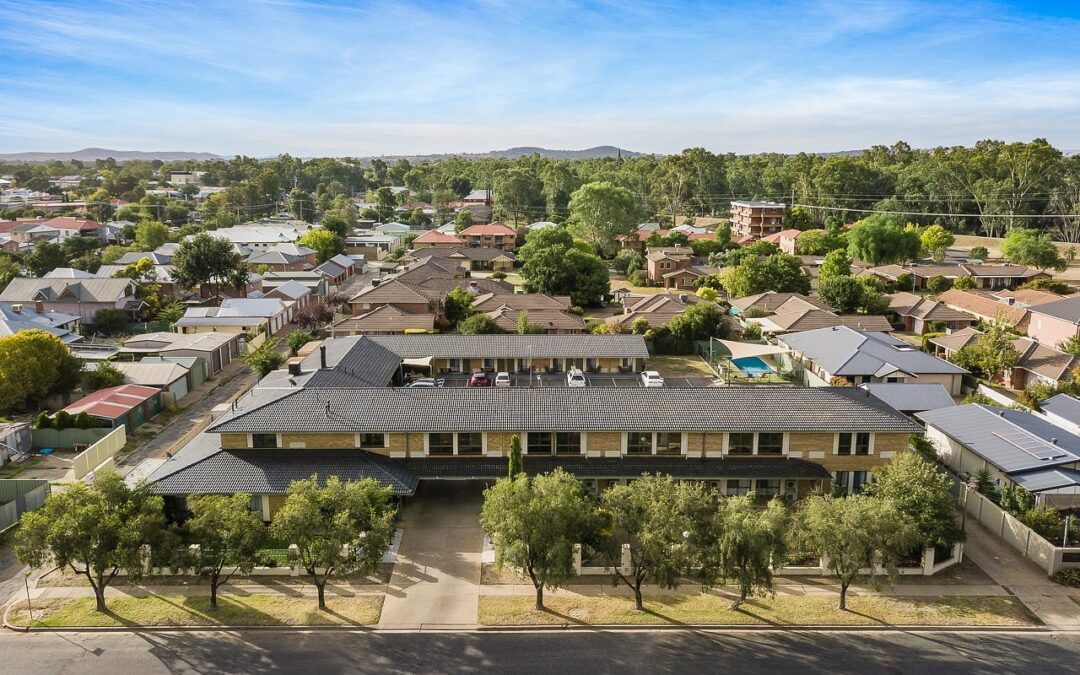
Quick Bits: Wagga Wagga, affectionately called “Wagga” by locals, is a regional gem in New South Wales. Set along the banks of the Murrumbidgee River, the city offers an...
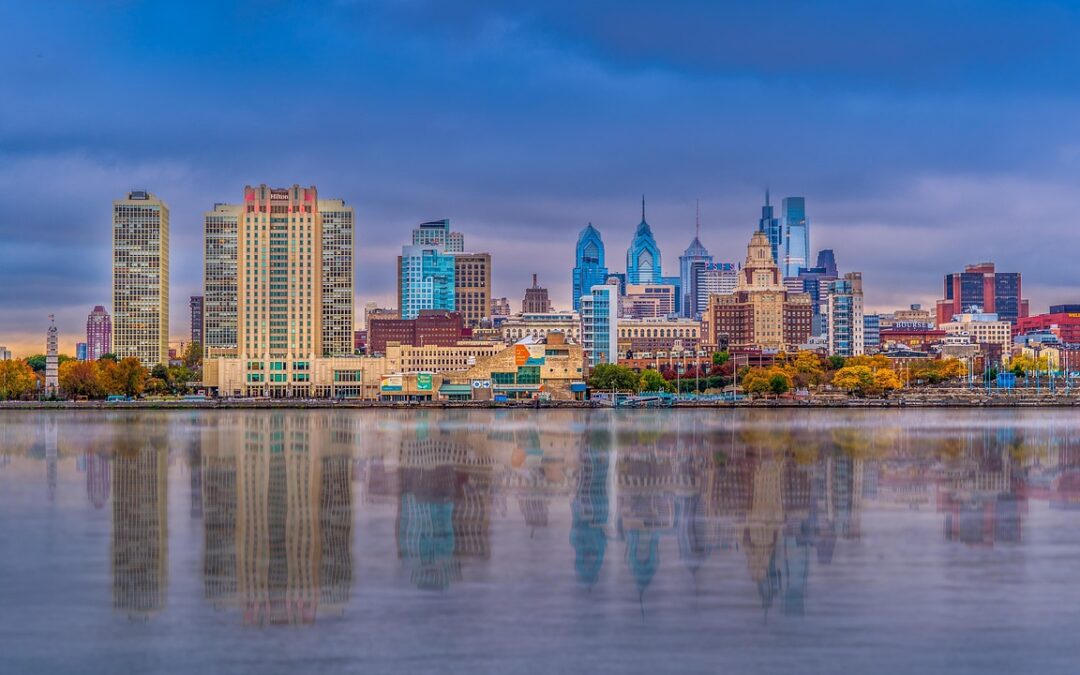
Quick Bits: Philadelphia, often known as “Philly,” is one of the oldest and most storied cities in the United States. It was the nation's first capital and played a central role...
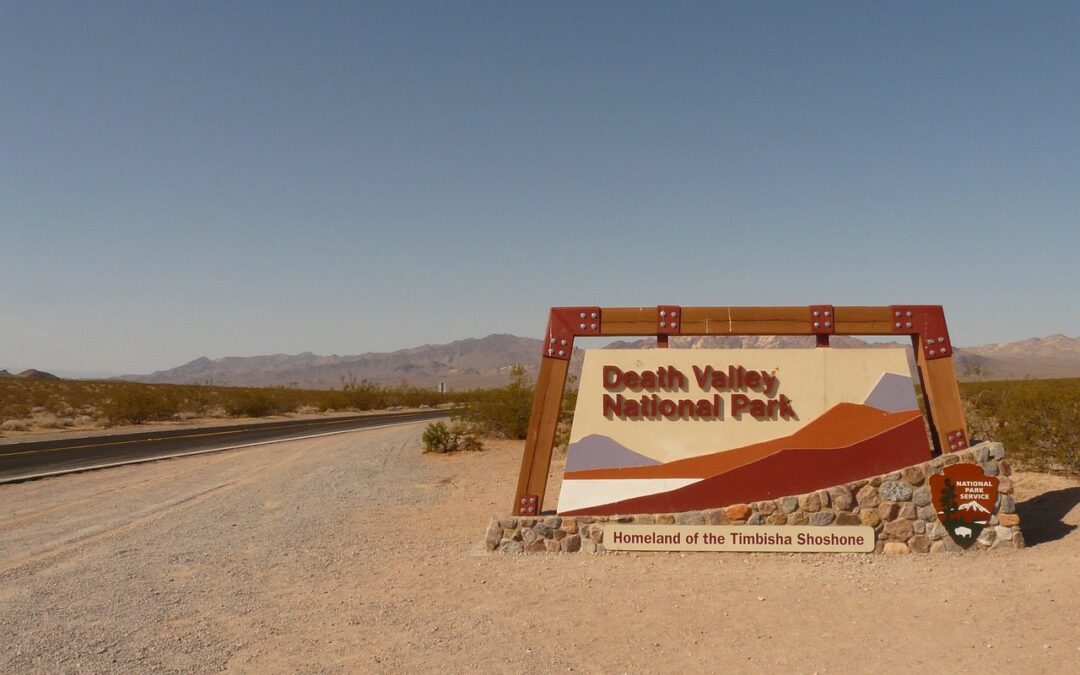
Quick Bits: Death Valley National Park sits on the border of California and Nevada. This desert park is massive over 3.4 million acres making it the largest national park in the...